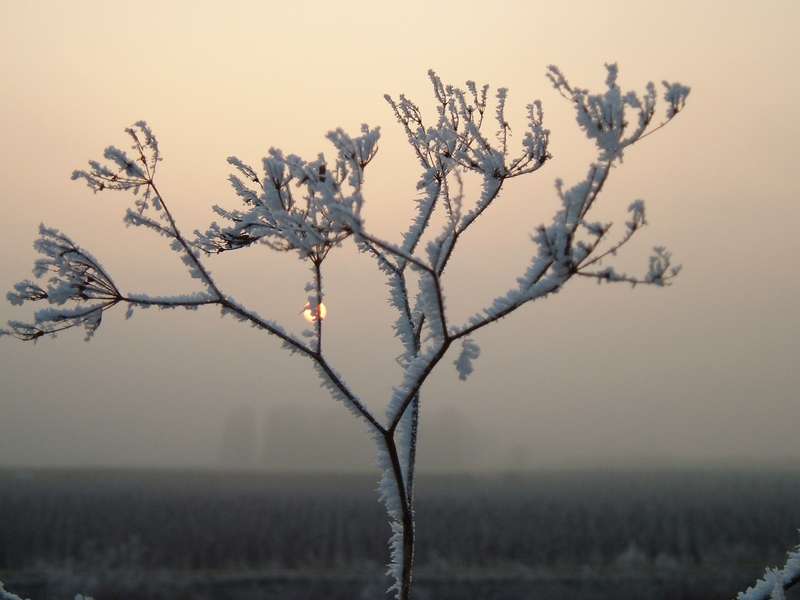April 25, 2016 report
A close up look at how bacteria make ice

(Phys.org)—A combined team of researchers from Germany and the U.S. has taken a closer look at a type of bacteria that is able to cause ice to form, sometimes even under conditions above the normal freezing point.
In their paper published in the journal Science Advances, the team describes the technique they used that allowed them to watch very closely what occurs as the bacteria promote ice formation and their discovery of the means by which the bacteria cause it to come about.
Scientists have known for some time that some bacteria can promote the growth of ice crystals (they have been used to help create snow for ski resorts, as one example), but until now, the exact mechanism has not been closely studied. In this new effort, the researchers used a device called a sum frequency generation spectrometer to get a better look—it allows for a very close up view of a process as it takes place. In this instance, they watched as samples of Pseudomonas syringae went to work on both airborne water droplets and those that were on a surface. In so doing, they discovered that the bacteria use two different techniques to promote ice formation.
The first technique involved a layer of proteins that surrounded the body of the bacteria—some were hydrophobic and others were hydrophilic—the opposing forces allowed the bacteria to shuttle water molecules around like a tiny tugboat, coaxing them into formations that were conductive to crystal growth.
The second technique involved using vibrational energy to actually remove heat from the area surrounding the molecules that they had lined up, leaving them colder, which resulted in ice crystal formation at temperatures that were above freezing.
The researchers note that the bacteria also have antifreeze proteins in their bodies to keep themselves from freezing. They add that their findings may have implications for Earth scientists, as ice causing bacteria play a major role in the creation of ice crystals in the atmosphere, and in frost formation on plants. More research into the process could also lead to the development of icing, or even de-icing products.
More information: R. Pandey et al. Ice-nucleating bacteria control the order and dynamics of interfacial water, Science Advances (2016). DOI: 10.1126/sciadv.1501630
Abstract
Ice-nucleating organisms play important roles in the environment. With their ability to induce ice formation at temperatures just below the ice melting point, bacteria such as Pseudomonas syringae attack plants through frost damage using specialized ice-nucleating proteins. Besides the impact on agriculture and microbial ecology, airborne P. syringae can affect atmospheric glaciation processes, with consequences for cloud evolution, precipitation, and climate. Biogenic ice nucleation is also relevant for artificial snow production and for biomimetic materials for controlled interfacial freezing. We use interface-specific sum frequency generation (SFG) spectroscopy to show that hydrogen bonding at the water-bacteria contact imposes structural ordering on the adjacent water network. Experimental SFG data and molecular dynamics simulations demonstrate that ice-active sites within P. syringae feature unique hydrophilic-hydrophobic patterns to enhance ice nucleation. The freezing transition is further facilitated by the highly effective removal of latent heat from the nucleation site, as apparent from time-resolved SFG spectroscopy.
Journal information: Science Advances
© 2016 Phys.org




















